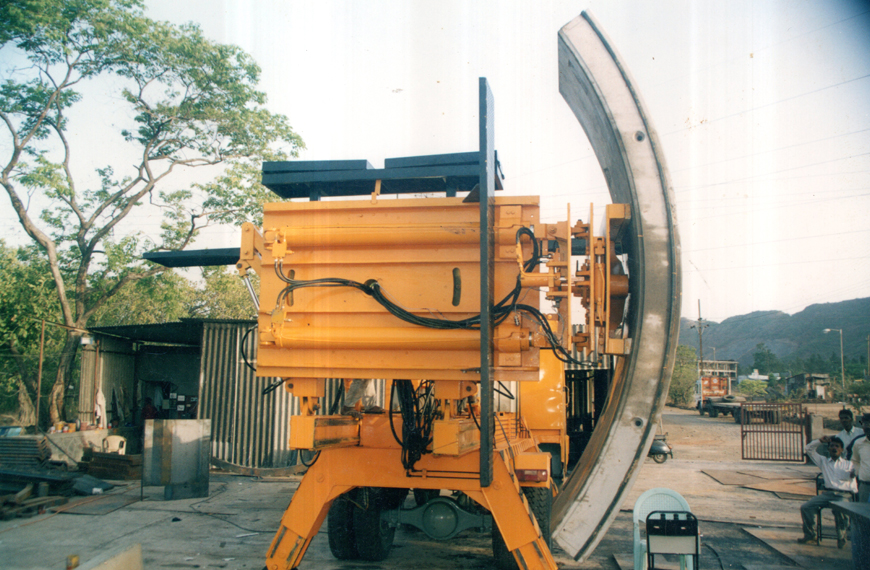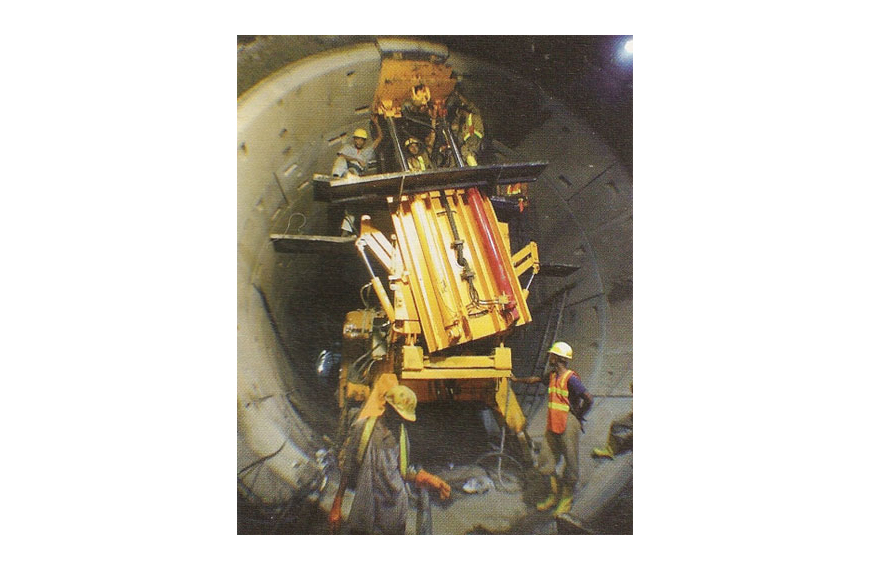FAQ
A precast segment erector works by lifting, aligning, and connecting precast concrete bridge segments into place, forming the superstructure of a bridge—usually a box girder or segmental bridge. Here's a step-by-step breakdown of how it works:
Key Systems in an Erector:- • Lifting winches or cranes
- • Hydraulic jacks and stabilizers
- • Segment alignment system
- • Post-tensioning equipment
- • Post-tensioning equipment
A precast segment erector is essential in modern bridge construction because it:
- ✅ Speeds up the process
- ✅ Improves safety and quality
- ✅ Minimizes disruption
- ✅ Enables complex and large-scale designs
It’s a core technology in the construction of efficient, durable, and high-quality bridge infrastructure.
Manual segment erector machines are sometimes preferred in tunnel construction over Tunnel Boring Machine (TBM) attached segment erectors for several reasons:
a) Flexibility and Adaptability: Manual systems can be easily adjusted for different segment shapes, sizes, and tunnelling conditions, making them suitable for diverse projects or irregular tunnel profiles.b)Accessibility and Site Constraints: In challenging or restricted environments where TBMs cannot be easily employed or where existing infrastructure limits machine size, manual methods provide a practical alternative.
c) Complex or Variable Geology: In conditions with unpredictable geology requiring frequent adjustments, manual systems allow for more precise handling and placement of segments.
d) Maintenance and Downtime: Manual systems tend to be simpler, with lower maintenance requirements, thus minimizing downtime during segment placement.
e) Specific Project Requirements: Some projects demand specialized handling or installation techniques that are better managed manually than by automated TBM-mounted erectors.
Overall, while TBM-attached segment erectors offer efficiency for large, uniform tunnel projects, manual systems offer versatility and cost benefits in complex or smaller-scale tunnelling scenarios.


